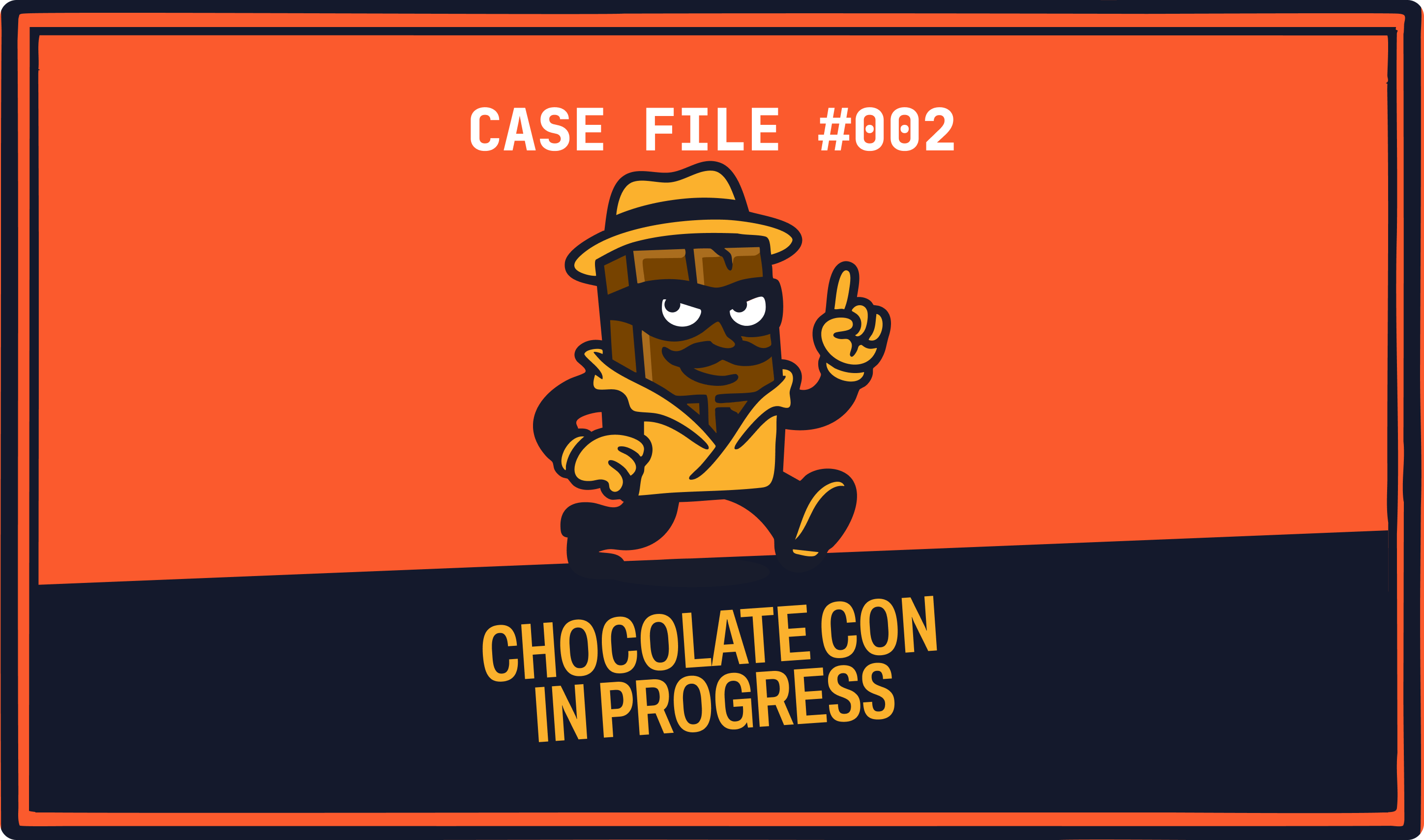Case File #002: The Smooth Operator vs. The Hustler
Chocolate looks smooth, comforting, even innocent. But behind the wrapper, it’s running a long con on your metabolism. Unlike the smash-and-grab tactics of Skittles or Sour Patch Kids, chocolate candies mix sugar and fat, creating prolonged glucose disruption that keeps you stuck in yellow territory longer than you think.
This week in the Metabolic Case Files, we investigate two of Halloween’s biggest chocolate cons: Reese’s Peanut Butter Cups and Snickers.
Suspect #1: Reese’s, The Smooth Operator

- Modus Operandi: Reese’s Peanut Butter Cups lure you in with the comfort of peanut butter wrapped in creamy milk chocolate. It feels like a harmless indulgence, but don’t be fooled.
- Metabolic Evidence: On a CGM graph, Reese’s rarely trigger a sharp pink spike. Instead, you’ll see a lingering yellow plateau. The sugar rush is slowed slightly by fat from the peanut butter, but the trade-off is prolonged chaos: you stay spiked for hours, keeping your metabolic flame smoldering instead of steady.
- Glycemic Index: The glycemic index of Reese’s sits in the medium range (55–60). Lower than pure candy like Skittles, but still high enough to disrupt blood sugar for a long stretch. That combination of sugar and fat is the Smooth Operator’s secret weapon.
Suspect #2: Snickers, The Hustler
.png)
- Modus Operandi: Snickers dresses up as “fuel:” nuts, caramel, nougat, and chocolate. Marketed as satisfying, it’s really just sugar in disguise.
- Metabolic Evidence: On your Signos graph, the Hustler shows a slightly slower climb compared to Reese’s, thanks to the nuts and fat. But don’t be deceived: the spike still comes, and stability still gets stolen. Instead of fueling you, Snickers leaves your flame jittery and inconsistent.
- Glycemic Index: The glycemic index of Snickers hovers around 55, almost identical to Reese’s. It’s slower than a high-GI candy bar, but still disruptive enough to keep you in the yellow zone.
The Verdict: Prolonged Chaos Wins
.png)
Both are guilty, but Reese’s takes the crown for metabolic disruption. The Smooth Operator doesn’t just spike you, it keeps you spiked. In metabolic terms, that’s even harder to recover from than a quick sugar hit.
Healthy Decoy Swap: Dark Chocolate and Almonds

Want the crunch and satisfaction without the con? Go for 70%+ dark chocolate paired with almonds.
- Less sugar, lower glycemic index (low-to-medium GI).
- Healthy fats and fiber from almonds slow absorption.
- Antioxidants from dark chocolate add real benefits.
On your Signos graph, this swap shows a gentler purple curve, instead of prolonged yellow chaos.
Why Signos Matters: Exposing the Long Con
With chocolate candy, the danger isn’t the spike, it’s the stall. Signos helps you see the difference.
- Metabolic Flame Visuals: Reese’s keeps you stuck in yellow, Snickers pushes you in and out of spikes. Dark chocolate and almonds? Purple stability.
- AI Coaching: Get real-time feedback when you’re still in the yellow, plus guidance on swaps to bring you back into balance.
- Personal ROI: Instead of guessing which “fuel” works, Signos shows you exactly how your body reacts, so you stop falling for the con.
Bottom line: Chocolate cons your flame. Signos exposes the truth.
Case Closed, But the Campaign Continues
This is just Case File #002. Next week, we’ll unmask another set of food felons and reveal their glycemic index secrets. Stay tuned as the Metabolic Case Files continue.
Track. Tweak. Repeat. Don’t let chocolate cons steal your stability; protect your flame with Signos.




.svg)







.jpg)

.svg)
.svg)
.svg)
.svg)
.svg)
.svg)
.svg)
